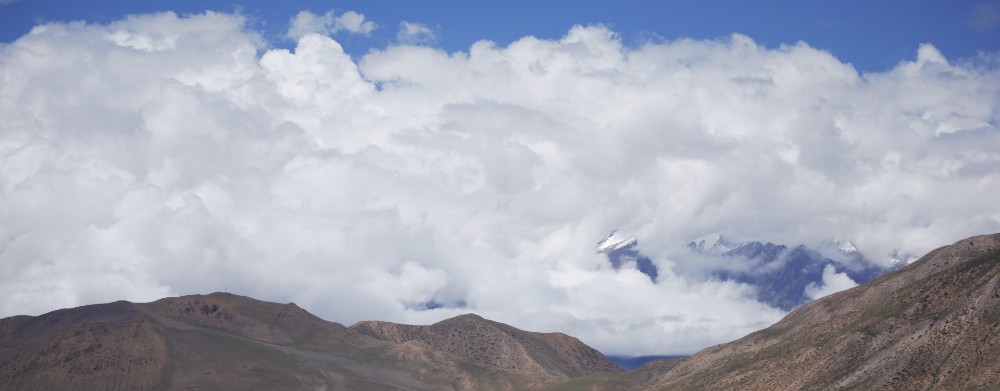Cloud Cover - Clouds Protocol
Cloud Cover

Important: Cloud Cover is a mandatory protocol.
Although cloud cover estimates are subjective, they still provide researchers with scientifically valuable data. Cloud cover observations help meteorologists and climate scientists account for the level of solar radiation that is either absorbed or reflected by Earth's atmosphere. Higher cloud cover reflects more incoming radiation back into space and prevents outgoing radiation from escaping, both of which have significant impacts for the climate and weather in a particular area.
Measuring Cloud Cover

To start observing the clouds in an area, first estimate the total cloud cover across the entire sky. Be sure to also estimate cloud cover for each height level; for example, low, medium or high. You can use the chart above to find which label correctly matches your sky conditions.
Learn more about measuring cloud and contrail cover.
Tip: To simplify the measuring process, divide the sky into four quadrants — one for each cardinal direction — and estimate the cloud cover in each area. Then, take the average of the quadrants to get the whole sky value.
Measurement Tips
When observing the sky overhead, make sure to exclude the horizon. To make an accurate cloud cover measurement:
- Observe above a 14-degree angle with the horizon
- Or:
- Hold out your arms in a "V" shape
- Make sure your hands are level with of the top of your head
- Take your cloud cover observations in the area between your hands
- Or:
- Hold your fist out at arm's length
- Make sure the bottom of your fist is level with the horizon
- Stack your second fist on top of the first
- Take your cloud cover observations above your second fist





